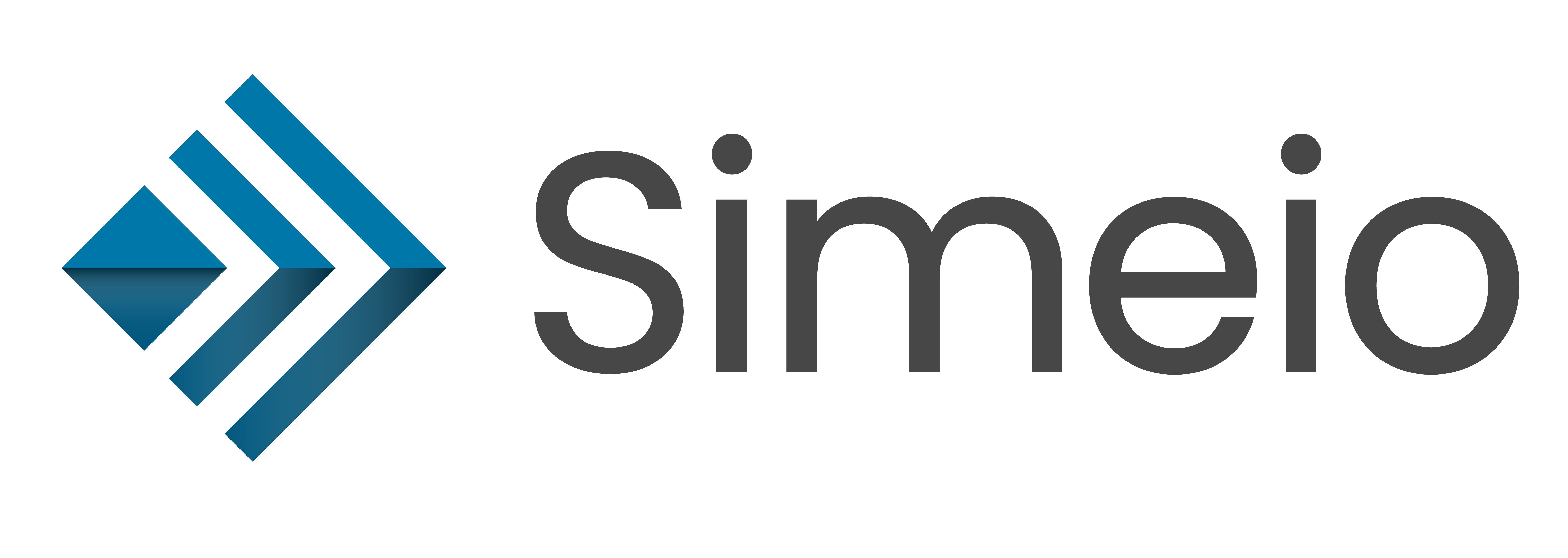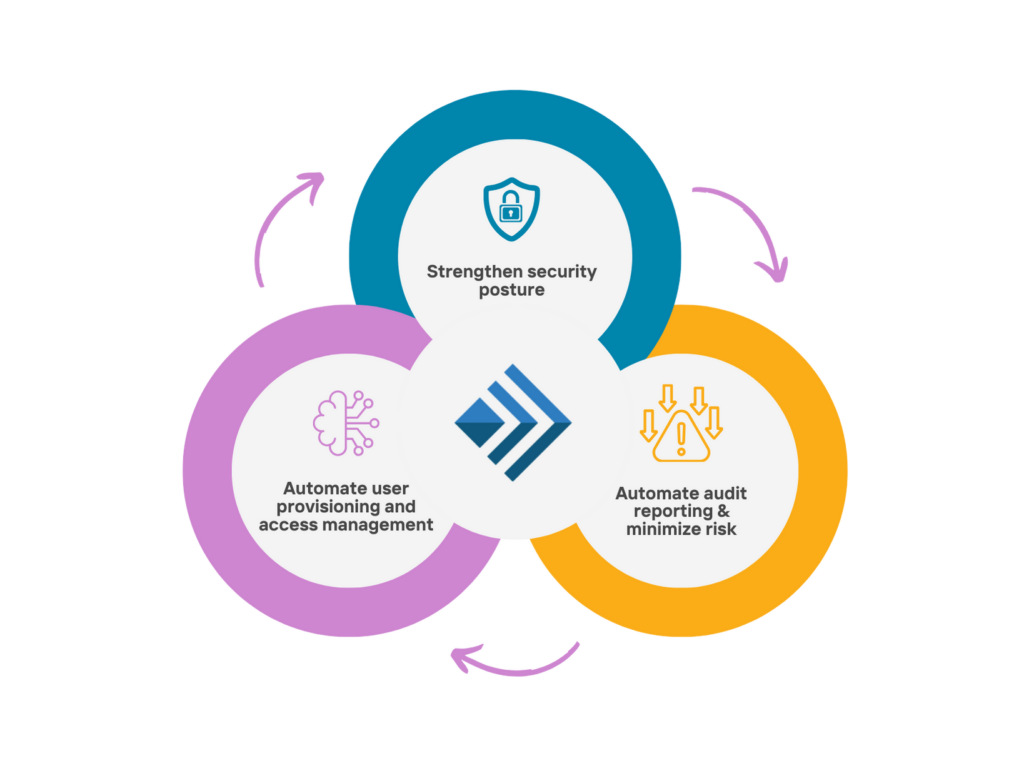
Our previous blog explored the importance of authorization and authentication in an enterprise’s cybersecurity strategy. We explored how effective Identity Governance and Administration (IGA) relies upon authorization and authentication. However, even the strongest IGA solution cannot defend an identity fabric by itself. It requires a central source of truth, master controls, and policy enforcement.
This is where Privileged Access Management (PAM) comes into play. While IGA is critical to instituting a zero trust solution, PAM is central to security policy enforcement. Essentially, PAM provides seamless access control and privileged session management across your entire enterprise. By equipping your central administrator with the ability to remediate effectively, PAM forms the first and last line of your cybersecurity.
An Overview of PAM in Manufacturing Enterprises
If an enterprise is a building with identity management as its pillars and beams, then PAM is the foundation upon which all of it rests. Privileged access cannot be understated in its importance, as it is both the first and last line of defense in an organization. It gives power to all other pillars of an identity fabric and sets forth usage rights. This keeps sensitive data and resources limited to the hands of those that need them. Also, PAM is the primary means of remediation in case of a compromise or breach.
PAM is especially important from an efficiency standpoint for manufacturing firms. When central offices communicate with on-site factories, a lack of hierarchy and provisioning ability can cause costly delays. Conversely, companies with strong PAM can refer to a strong central source of truth extending across all worksites and offices. This often proves decisive in sluggish Joiner-Mover-Leaver processes in need of an overhaul.
Finally, PAM serves as one of the best vehicles for efficiency-boosting automation. When roles and their associated privileges are properly defined, automated systems can carry out provisioning with minimal manual effort. Furthermore, this also serves for de-provisioning, clearing orphaned accounts of potentially dangerous access. Most impressively, the efficiency gains of a strong PAM (when implemented intelligently) can boost security at the same time.
Solving Authorization and Authentication in Manufacturing with PAM
IGA is the vehicle for matching up appropriate authorization with properly authenticated identities. However, without PAM, the governance system lacks both central authority and a means of swift remediation. Central authority minimizes confusion over roles and responsibilities. Likewise, remediation systems are vital for correcting hiccups in both happenstance errors and malicious cyber-attacks.
Central authority helps in two major ways: monitoring and reference. In the former, when someone needs access, they can quickly be provisioned per the instituted role-based access controls. For the latter, a dispute or question about which roles have which access, or any changes needed, relies upon a strong central pillar. This is especially important for automating privileges, which not only cuts down on turnaround time on requests but also boosts security.
Manufacturing has a history of suffering from inadequate PAM security. With a properly designed and implemented PAM solution, your enterprise enables stronger cybersecurity while making identity processes more efficient. Take the hypothetical scenario of a bad actor penetrating the machine identities of a factory. Under a non-PAM system, they can run freely across the identity fabric and inflict maximum damage. A strong PAM can lock out bad actors and isolate them before their spree gets out of hand. If the PAM is automated, this can even be done instantly.
Intelligently Implementing Authorization and Authentication in your Enterprise
An in-house team might conceivably achieve these goals. Unfortunately, internal teams are usually limited in their experience. The sheer complexity and high stakes of identity management demand an effective identity program. As a result, companies often turn to a managed identity service tailored to their organization’s needs. This provides a robust solution befitting the company’s unique needs. It also establishes contact with a team of identity experts capable of supporting the enterprise in the long term. This alleviates the burden of uncertain cost projections with a fixed-rate and objective-based roadmap. Additionally, the best services allow an enterprise to test the waters with low-cost identity benchmarking. This can then scale up into implementation.
Even with a solid understanding of your authentication and authorization needs, the issue remains of how to implement them. Attempting to solve the issue internally may be a losing proposition. Additionally, studies conducted by ISC2 indicate that a 65% increase to the global cybersecurity workforce is needed to effectively defend organizations’ critical assets. So where can you turn to for IGA equipped with Adaptive MFA and PAM with effective policy controls?
The most successful companies implement their authentication and authorization strategies via a full-scale digital transformation. A maturity benchmarking session is your most strategic starting point. It provides your enterprise with a solid foundation of gap-assessment and objective-based analytics. Next comes implementation. No two enterprises have identical identity needs, and onboarding the applications best suited to their specific profile requires an expert eye. Finally, once this system is in place, it must be maintained. This means monitoring your identity platform for emergent vulnerabilities as well as patching it with relevant security updates.
Contact an identity advisor now and learn how Simeio sets up your authentication and authorization solutions for success.

